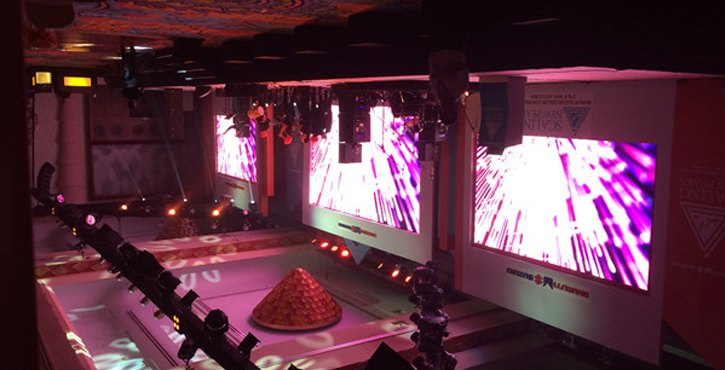Nema proizvoda u košarici.
Poslovne vijesti
analysis of the driving mode of LED display screen
Different applications of LED display determine the different driving modes of LED display screen. In a certain display area, the ratio of the number of lines lit at the same time to the number of lines in the whole area is called scanning mode; indoor single and double color scanning is generally 1 / 16, and indoor full-color is generally 1 / 8; Skeniranje, outdoor single and double color is generally 1 / 4 skeniranje, outdoor full-color is generally static scanning.
Trenutno, there are two driving modes of LED display in the market: static scanning and dynamic scanning. Static scanning can be divided into static real pixel and static virtual scanning, and dynamic scanning can also be divided into dynamic real image and dynamic virtual device. The driving devices are generally hc595 made in China, mbi5026 in Taiwan, and TB62726 in Toshiba of Japan, which generally have & nbsp; 1 / 2 & nbsp; respectively; Skeniranje, 1 / 4 skeniranje, 1 / 8 skeniranje, 1 / 16 skeniranje.
Na primjer: a commonly used full-color module pixel is & nbsp; 16 * 8 & nbsp; (2R1G1B); if the mbi5026 & nbsp; driver is used, the module uses:
16 * 8 * (2 + 1 + 1) = 512 & nbsp; and mbi5026 & nbsp; is & nbsp; 16 bit chip, 512 / 16 = 32
If 32 mbi5026 chips are used, it is static virtual [LED full color screen]
If 16 mbi5026 chips are used, it is dynamic 1 / 2 scan virtual
(3) if 8 mbi5026 chips are used, it is dynamic & nbsp; 1 / 4 scan virtual
If two red lights on the board are connected in series
(4) s 24 mbi5026 chips, it is a static real pixel
(5) s 12 mbi5026 chips, it is a dynamic 1 / 2 scan real pixel
S 6 mbi5026 chips, it is a dynamic quarter scan pixel [large electronic display screen]
On the LED screen, the scanning modes are 1 / 16, 1 / 8, 1 / 4 i 1 / 2 statički. How to distinguish? One of the simplest ways is to count the number of LEDs in the unit board and the number of 74HC595.
How to calculate: the number of LEDs divided by the number of 74HC595 and then divided by 8 = a fraction of the scan
Real pixel and virtual pixel are corresponding: in simple words, the real pixel screen is the red, green and blue light emitting tubes that constitute the display screen, and each of the three LEDs only participates in the imaging of one pixel to obtain enough brightness.
The virtual pixel uses software algorithm to control the light emitting tube of each color, and finally participates in the imaging of multiple adjacent pixels, so that the larger resolution can be achieved with fewer lamps and the display resolution can be increased by four times. [manufacturer of LED electronic display screen]

